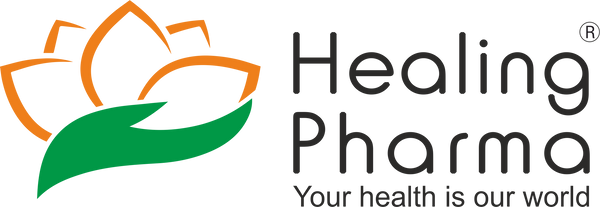Glycolic Acid is one of the most talked-about skincare ingredients in the beauty world and for good reason. If you’ve been searching for a solution to stubborn darkness in areas like elbows, knees, or underarms, this powerful exfoliant could be the answer you’ve been looking for. From reducing hyperpigmentation to smoothing texture, the benefits are impressive. But before diving in, let’s really understand what is glycolic acid, what does glycolic acid do and most importantly, how to use glycolic acid on the dark areas of the skin.

What Is Glycolic Acid?
For those new to the ingredient, glycolic acid is an Alpha Hydroxy Acid (AHA) derived from sugarcane. Its molecules are incredibly small, allowing it to penetrate the skin deeply and work from within. When applied to darkened areas, it gently exfoliates by removing dead skin cells, which often hold excess melanin the pigment responsible for darker patches.
The result? Fresher, brighter and more even-toned skin over time. And if you’re wondering, is glycolic acid safe for skin? Yes, it generally is, provided you use the right concentration and follow proper skincare practices.
The Benefits of Glycolic Acid for Dark Areas
Here’s what does glycolic acid do when applied consistently to elbows, knees, underarms, or other darkened spots:
- Lightening Effect: Speeds up cell turnover, allowing newer, lighter skin to emerge.
- Exfoliation & Smoothing: Removes the dull, rough outer layer, revealing softer skin underneath.
- pH Balance: Maintains the skin’s optimal pH to support barrier health.
- Fresh Glow: Improves overall radiance while tackling stubborn tan and pigmentation.
So, if you’ve been asking, does glycolic acid remove tan? Yes, regular use can help fade tan by shedding pigmented dead cells and boosting skin renewal.
How to Use Glycolic Acid on Dark Areas
Knowing how to use glycolic acid correctly is key to getting results without irritation:
- Start Low: Begin with a lower concentration (around 6%) if you’re a beginner.
- Apply to Clean Skin: Always cleanse before application.
- Use at Night: It can make skin more sensitive to sunlight, so apply in the evening.
- Moisturize After: Follow up with a hydrating cream to restore skin balance.
- Use Sunscreen: Protect treated areas from UV exposure to prevent pigmentation from returning.
With consistent use, you may see visible improvement in as little as 7–10 days, but patience and care are essential.

Other Home Remedies To Try Other Than Glycolic Acid
- Coconut Oil Massage: Moisturizes and softens dark areas.
- Baking Soda Scrub: Gentle exfoliation with a natural touch.
- Cucumber Rub: Hydrates and cools inflamed or rough skin.
- Turmeric Paste: Naturally brightens with regular use.
A Note on Skin Tone
It’s perfectly normal for some areas to be naturally darker due to friction, genetics, or hormonal changes. Whether you choose glycolic acid or natural remedies, always do a patch test first and follow instructions carefully.
Conclusion
Glycolic acid can be a game-changer for dark elbows, knees, or underarms if used correctly. It’s safe for most skin types, helps remove tan and can give you smoother, more even-toned skin over time.
If you’re ready to experience the difference, try Healing Pharma’s Derbeau Cream available in 6% and 12% strengths. They are expertly formulated to target dark patches and promote radiant skin. It’s the perfect answer for anyone wondering how to use glycolic acid effectively and safely.


